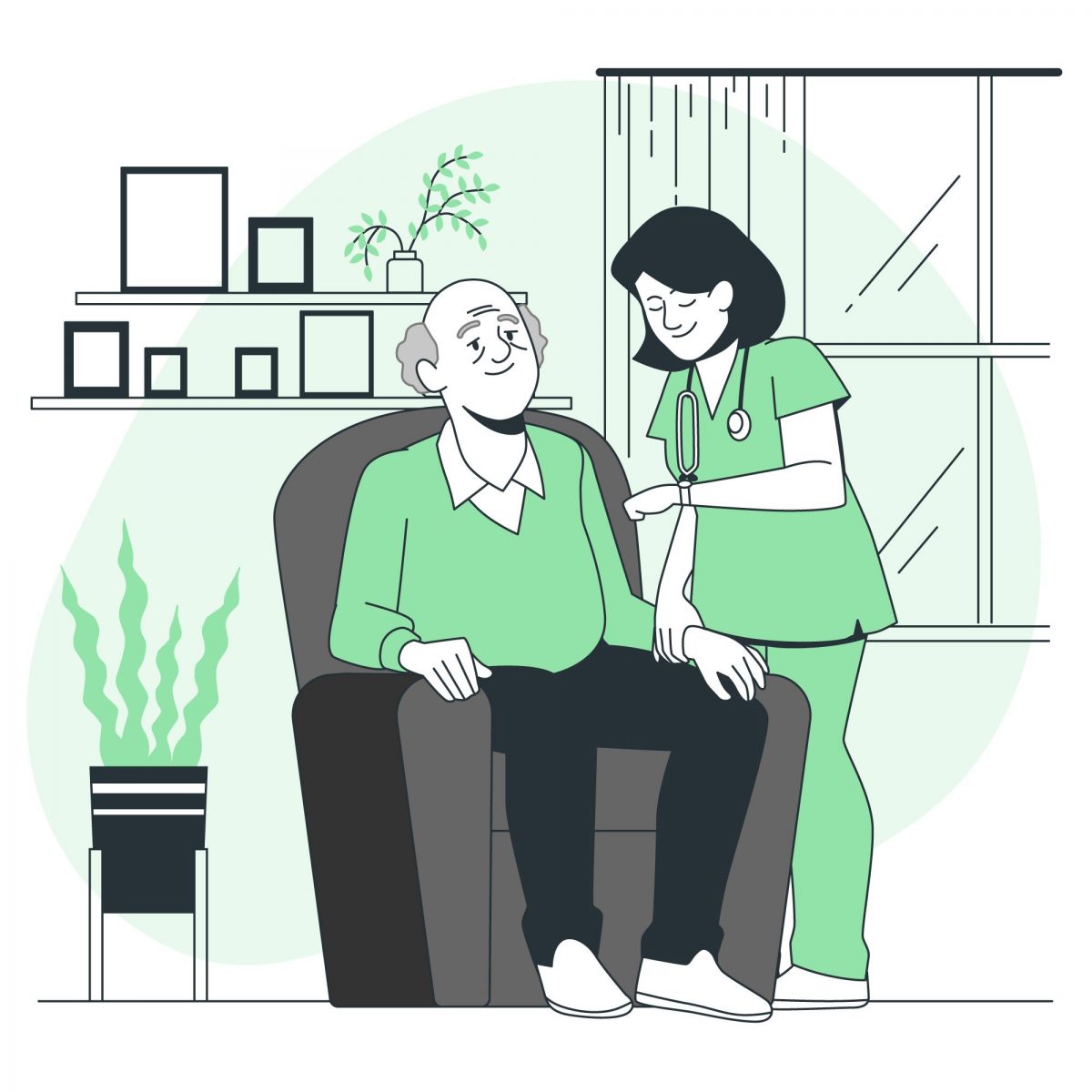In today’s fast-paced world, where time is often a scarce commodity, caring for our senior citizens requires not just love and attention but also specialized expertise and management skills. This is where the role of Care Managers becomes crucial. Care Managers are trained professionals who specialize in assessing, planning, and coordinating care for the elderly, especially those with complex health needs. They serve as a bridge between the elderly, their families, and healthcare systems, ensuring that seniors receive the best possible care tailored to their individual needs. Hiring a Care Manager can significantly enhance the quality of life for senior citizens, offering peace of mind to both the seniors and their families. In this blog post, we delve into the reasons why hiring a Care Manager is a smart decision for caring for our aging loved ones.
Personalized Care and Support
One of the primary benefits of having a Care Manager is the ability to provide personalized care and support. Each senior citizen is unique, with their own set of health issues, preferences, and lifestyles. Care Managers take the time to understand these individual needs and create a care plan that addresses them specifically. This personalized approach ensures that seniors receive the care that is most effective for them, rather than a one-size-fits-all solution. Care Managers are adept at adjusting care plans as the needs of the senior change over time, providing a dynamic and responsive approach to elderly care.
Expert Navigation of Healthcare Systems
Navigating the healthcare system can be a daunting task, especially for seniors and their families who might not be familiar with the complexities of medical care and insurance. Care Managers come with the expertise to guide families through this maze of healthcare. They understand the intricacies of medical systems, insurance coverages, and available resources, making them invaluable in planning and coordinating care. By leveraging their knowledge, Care Managers can help in making informed decisions, reducing unnecessary hospital visits, and ensuring that seniors receive appropriate and cost-effective care.
Providing Emotional Support and Reducing Family Stress
The emotional aspect of caring for elderly loved ones is often overwhelming for families. Care Managers provide not only practical support but also emotional and psychological support to both the seniors and their families. They act as a confidant and advisor, helping to alleviate the stress and anxiety that comes with caring for aging relatives. This support is crucial in maintaining the overall well-being of the family unit, allowing members to spend quality time with their elderly loved ones without the constant worry of health and care management.
Coordination with Multiple Service Providers
One of the most challenging aspects of elder care is coordinating various services such as home healthcare, physiotherapy, and medical appointments. Care Managers excel in this area. They act as a central point of communication, coordinating with different service providers to ensure seamless care. This coordination is crucial for maintaining a consistent and effective care regimen. Care Managers also keep all parties informed, reducing the likelihood of misunderstandings or missed appointments. This level of coordination not only ensures that seniors receive all the services they need but also simplifies the process for families.
Crisis Management and Emergency Preparedness
Emergencies and unexpected health issues are an inevitable part of caring for senior citizens. Care Managers are trained to handle such crises efficiently. They can quickly assess the situation, make informed decisions, and coordinate necessary services or medical interventions. Their presence provides a safety net for seniors and families, ensuring that in times of crisis, there is a professional ready to take charge and provide guidance. This aspect of a Care Manager’s role is particularly valuable for families who live with their elderly relatives or have demanding schedules that make immediate responses difficult. For more details visit us at https://theseniorcompany.com/ .
Long-Term Planning and Preventive Care
Care Managers are not just focused on immediate needs; they also assist in long-term planning, including preventive care to maintain the health and wellness of seniors. They can help in planning for future healthcare needs, financial planning for care expenses, and even legal matters related to elder care. By looking at the big picture, Care Managers ensure that seniors are well-prepared for the future, reducing potential complications or crises down the line. This foresight into long-term planning is a significant advantage for families, providing a sense of security and preparedness for what lies ahead.
Conclusion
The indispensable role of Care Managers in elder care shines through their multifaceted approach. They not only tailor personalized support and navigate complex healthcare systems, but also offer emotional support, coordinate various services, manage crises, and plan for the long term. This comprehensive strategy not only enhances the lives of seniors but also offers families invaluable support. In an era where healthcare complexity and daily life demands can overwhelm, Care Managers emerge as vital allies in ensuring our senior citizens receive deserved care and respect. For those caring for elderly loved ones or planning for the future, enlisting a Care Manager’s services represents a wise, proactive approach to compassionate and effective elder care.
Read More:



